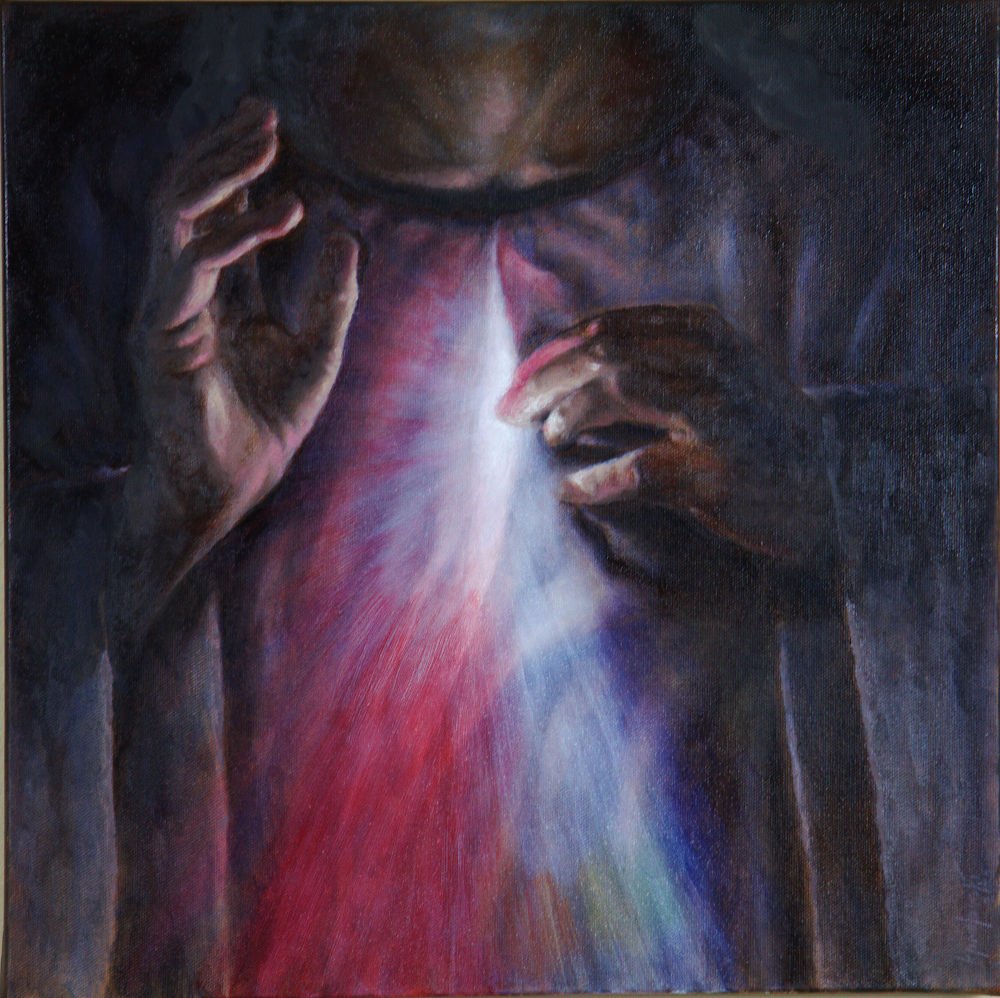LEONARDO & MICHELANGELO -- PERFECTIONISM VERSUS PROLIFICITY
Mona Lisa by Leonard Da Vinci
I just finished “Leonardo Da Vinci”, a recent biography written by Walter Isaacson. I enjoyed the book very much because it was thought provoking on a number of levels. Isaacson does a good job collecting and making sense of the details of his subject’s life. In the case of this book, he scoured through Leonardo’s notebooks, in addition to other historical and biographic sources.
When examining Leonardo’s life, a comparison with his contemporary, Michelangelo Buonarroti, is almost inevitable. The contrasts are fascinating to consider. Leonardo was hyper-analytical and a perfectionist, so left artwork unfinished and spent decades working on his masterpieces like the “Mona Lisa”. Michelangelo, on the other hand, was very prolific, finishing “Pietà” and “David” in his early twenties, and continuing to be very productive throughout his life.
Going through the works of Leonardo is a joy, but also sad to consider how few finished pieces there are. It is interesting to consider a counter-reality where Leonardo found it within himself to be more productive, like Michelangelo.
FULL DISCLOSURE
At this point, I need to disclose a few things. I don’t have deep training in either art history or even fine arts. I am also more of a fan of more painterly periods or movements like impressionism or post-impressionism, which is pretty obvious when going through the gallery of this website. Of the renaissance masters, I enjoy the heavy strokes of Rembrandt and aging masters as they develop more economy in their technique. Many will disagree with me (and please comment if you do), but I find the paintings of Leonardo over-worked, so missing an emotional quality, what I call “soul”, that a faster technique conveys to me.
Not to say any artwork I create can be compared favorably to the masters. I certainly relate to more journeyman work ethic of Michelangelo, because my day job is marketing communications for an industrial chemical company. While I take great pride in the work we produce, deadlines and capacity are certainly limiting factors in the quality we produce.
LEONARDO DA VINCI & MICHELANGELO… RENAISSANCE RIVALS
As I mentioned earlier, Leonardo was much less prolific than Michelangelo, a fact not lost of the two masters at the time. Michelangelo criticized Leonardo to his face about not finishing a huge bronze casting of a horse for Duke of Milan Ludovico il Moro. Leonardo was commissioned in 1482, and was quickly distracted deeply studying the anatomy of horses, which included dissecting horse carcasses. Records of the plans exist in his sketches and studies, and he made it as far as a full-scale clay model sculpture, which was later destroyed by invading soldiers.
Leonardo was equally critical of Michelangelo’s painting. Leonardo considered him a sculptist, in his mind a lower art form. He said the over-muscled, nude male figures in Michelangelo’s paintings (a very common subject for him) looked like bags of walnuts. Pretty rough! To add insult to injury, as a part of a committee, Leonardo insisted they cover the genitalia of his “David” carving as a matter of decency.
As the peak of their professional rivalry, in 1504 they were both commissioned to paint a mural in Council Hall of the Palazzo Vecchio. Leonardo was to paint The Battle of Anghiari and Michelangelo The Battle of Cascina. Neither completed their murals, although Leonardo at least got as far as sketches on the wall. So Michelangelo also had a penchant of leaving unfinished works in his wake, but without a doubt completed more works than Leonardo.
WOULD LEONARDO STILL BE LEONARDO IF…
Modern oil points are very opaque and dry in a matter of a day to several days, depending on the color and brand. This makes oil painting a very forgiving medium, so the artist can keep working and reworking the canvas until the intended effect is achieved. Leonardo took this to an extreme, painting on walnut paneling in thin translucent layers of oil paint and varnishes, often in formulas of his own making. This allowed him to work for years, decades even, on a painting like the Mona Lisa.
As he worked on a piece, he continue to research anatomical, optical, and other issues that were related to what he was painting. In addition, he would be further distracted by bizarre lines of questioning from war machines to fluid dynamics to the structure of a woodpecker’s tongue. While this fertile mind allowed him to achieve leaps of progress in painting, anatomic studies, and other topics, these distractions also held back his productivity. So would Leonardo still be Leonardo if he could just focus, lay down paint, get a piece done, and then move on to the next?
The Last Supper by Leonardo Da Vinci
Detail of the ceiling of the Sistine Chapel by Michelangelo
A comparison of Leonardo Da Vinci’s “The Last Supper” to Michelangelo’s murals on the Sistine Chapel make an interesting case in point. Michelangelo painted the Sistine Chapel using the fresco painting technique of adding paint to wet plaster. This a particularly unforgiving medium because the dry time of the plaster drives the painting time of a particular section of a piece. This process was utterly incompatible with Leonardo’s method of working, so he came up with his own process of applying thin layers of oils on dry plaster. While Michelangelo spent hours every day on his back working on the ceiling fresco, Leonardo would go to his mural, add a few strokes, and then go on to other interests. In the immediate term, this was an ideal solution. Leonardo was able to achieve the visual effects he desired, while moving forward on other projects and maintaining an active social calendar. Unfortunately, the image started to deteriorate within 30-years. As you can observe in the two images, traditional fresco maintains the image integrity for centuries, compared to the poor condition of “The Last Supper”.
So if Leonardo was able to set his perfectionist tendencies aside and painted “The Last Supper” in traditional fresco technique, would it still stand out as a masterpiece? How about the “Mona Lisa”, with its elegance and subtleties of her expression, the lighting, and other details? We might be able to enjoy the vivid colors, but would they stand apart from the copies of his contemporary students that currently exist? Is the everlasting appeal of Leonardo his actual work, or what we image could have been, like the appeal of James Dean, who only had 3 movies to his name at the time of his death? Would this appeal have been lessened with greater output?
Sorry, all I can do is ask the questions! As I mentioned in my disclosure, I’m not really qualified to answer any of them. I do enjoy the mental exercise, as I hope you do.















